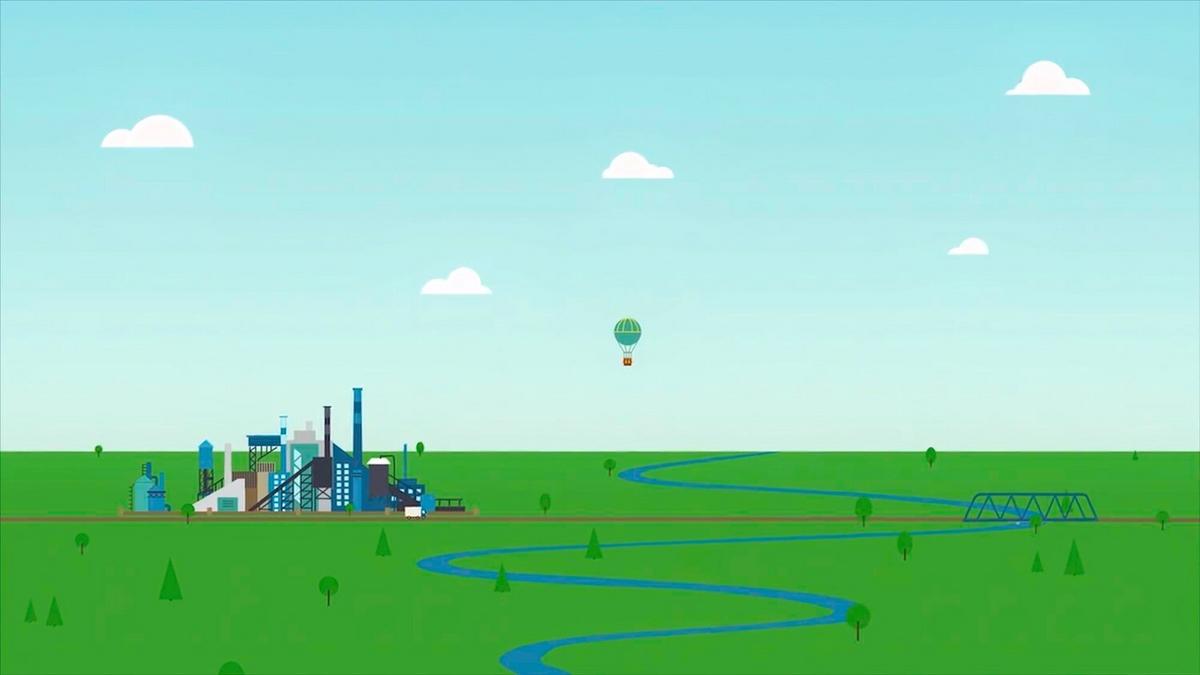
Challenges and Opportunities in Offshore Wind Farms
Harnessing the power of the wind over vast ocean expanses presents both intriguing challenges and promising opportunities, making offshore wind farms a pivotal player in the realm of renewable energy.
As the global demand for renewable energy surges, offshore wind farms have emerged as a significant contributor to sustainable power generation. These installations, located in water bodies, capitalize on strong and consistent winds, leading to high energy output. However, the journey to realizing their full potential is fraught with both challenges and opportunities.
Understanding Offshore Wind Farms
Offshore wind farms consist of multiple wind turbines installed in bodies of water, usually on continental shelves. They convert kinetic energy from wind into electrical power and are highly efficient due to the stronger and more reliable winds found at sea compared to land.
Challenges in Offshore Wind Farms
- High Initial Costs: The construction and deployment of offshore wind turbines are capital-intensive. This includes costs for specialized equipment, installation, and maintenance.
- Technological Barriers: Developing turbines that can withstand harsh marine environments and efficiently capture wind energy is technologically demanding.
- Environmental Concerns: The impact on marine life and ecosystems is a significant consideration, requiring thorough environmental assessments.
- Logistical Issues: Transporting materials and workers to and from these remote locations can be challenging, impacting timelines and costs.
Opportunities in Offshore Wind Farms
- Potential for High Energy Output: Offshore wind farms have the potential to generate significant amounts of renewable energy, contributing to energy security and sustainability goals.
- Job Creation: The sector is poised to create numerous jobs in engineering, construction, and maintenance.
- Technological Advancements: Innovations in turbine design and installation techniques continue to improve efficiency and reduce costs.
- Global Collaboration: International partnerships can drive innovation and investment, promoting global renewable energy goals.
Expert Insight
Dr. Lisa Thompson, a renewable energy expert, states, “Offshore wind farms are not just about energy production; they represent a crucial step towards achieving a carbon-neutral future.”
Statistics and Research
Recent studies reveal that offshore wind could potentially supply more than 20% of global electricity demand by 2030, highlighting its significance in the energy landscape.
Overcoming Challenges
To address the high initial costs, governments and private entities are increasingly providing financial incentives and subsidies. Furthermore, advancements in technology are steadily lowering operational costs, making offshore wind farms more economically viable.
Invest in research and development to improve turbine efficiency and reduce environmental impact, which can maximize the benefits of offshore wind farms.
Comparative Table: Offshore vs. Onshore Wind Farms
| Aspect | Offshore Wind Farms | Onshore Wind Farms |
|---|---|---|
| Energy Output | Higher due to stronger winds | Lower compared to offshore |
| Cost | Higher initial investment | Lower initial investment |
| Environmental Impact | Potential marine disruption | Land use and visual impact |
| Technological Complexity | More complex | Less complex |
| Job Creation | Higher | Moderate |
| Infrastructure | Requires specialized infrastructure | Less demanding |
| Installation Time | Longer | Shorter |
| Maintenance | Challenging | Easier |
Frequently Asked Questions
How do offshore wind farms impact marine life?
Offshore wind farms can impact marine life through noise pollution and habitat disruption, but careful planning and technology can mitigate these effects.
What are the main technological advancements in offshore wind energy?
Recent advancements include larger turbines with greater efficiency and floating platforms that allow for deeper water installations.
Are there financial incentives for developing offshore wind farms?
Yes, many governments offer subsidies and tax incentives to encourage investment in offshore wind energy.
Conclusion
Offshore wind farms represent a dynamic frontier in the quest for renewable energy. Despite the challenges they present, the opportunities for innovation, job creation, and sustainable power generation are immense. By investing in technology and supporting policy frameworks, offshore wind can significantly contribute to a sustainable energy future. For more insights on renewable energy innovations, explore our [Renewable Energy Innovations](https://www.renewableenergyworld.com) portal.


